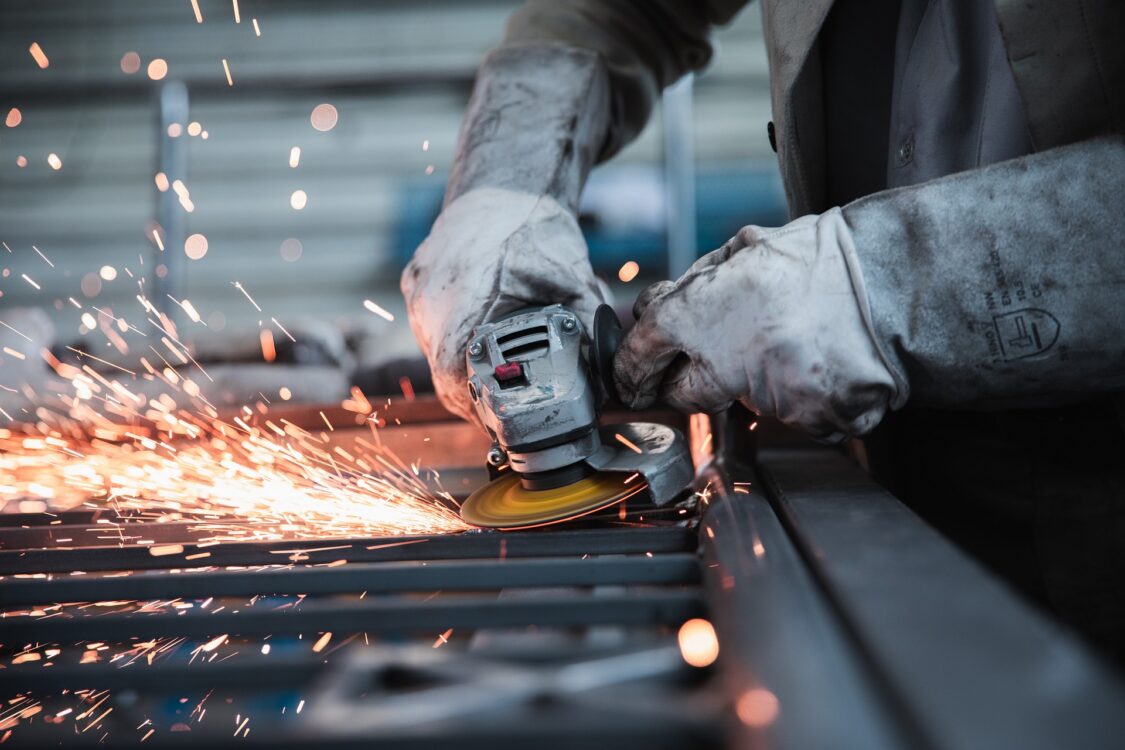
China has become the world’s largest manufacturer, with a diverse range of industries and products. Understanding China’s manufacturing industry is essential for businesses looking to source products, as well as those looking to enter the Chinese market. In this beginner’s guide, we will provide an overview of China’s manufacturing industry and the factors that have contributed to its success.
- Historical Overview
China’s manufacturing industry has a long history, with a focus on traditional industries such as textiles, ceramics, and metallurgy. However, it was not until the economic reforms of the late 1970s and early 1980s that China’s manufacturing industry began to grow rapidly. The government introduced policies that encouraged foreign investment and opened up the economy, leading to an influx of foreign companies and technologies.
- Industry Clusters
China’s manufacturing industry is characterized by industry clusters, which are geographic concentrations of similar industries. These clusters have formed naturally over time, driven by factors such as access to resources, labor, and transportation infrastructure. Some of the most well-known industry clusters include:
- The Pearl River Delta: This cluster is located in southern China and is home to a wide range of industries, including electronics, textiles, and toys.
- The Yangtze River Delta: This cluster is located in eastern China and includes cities such as Shanghai and Hangzhou. It is known for its high-tech industries, including semiconductors and biotechnology.
- The Bohai Rim: This cluster is located in northern China and includes cities such as Beijing and Tianjin. It is known for its heavy industries, including steel and chemicals.
- Labor Force
China’s manufacturing industry has relied heavily on its large and low-cost labor force, which has helped to keep production costs low. However, in recent years, labor costs have been rising, leading many companies to look for alternative manufacturing locations. Additionally, China’s aging population and declining birth rates are expected to lead to labor shortages in the future.
- Government Policies
China’s government has played a significant role in the development of the manufacturing industry, with policies that have encouraged investment and technological development. Additionally, the government has invested heavily in infrastructure projects, including transportation and communication networks, which have helped to support the growth of the industry.
- Intellectual Property
One of the challenges of doing business in China’s manufacturing industry is the issue of intellectual property (IP) protection. China has been accused of widespread IP theft and counterfeiting, leading many companies to be cautious about sharing their technologies and ideas. However, China has taken steps to address this issue, including the establishment of specialized IP courts and increased penalties for IP violations.
- Future Trends
China’s manufacturing industry is expected to continue to grow, with a focus on high-tech industries and advanced manufacturing processes. Additionally, there is a growing trend toward automation and robotics, as companies look to reduce labor costs and improve efficiency.
In conclusion, understanding China’s manufacturing industry is essential for businesses looking to source products or enter the Chinese market. By considering factors such as industry clusters, the labor force, government policies, IP protection, and future trends, businesses can develop a better understanding of the opportunities and challenges of this dynamic industry.